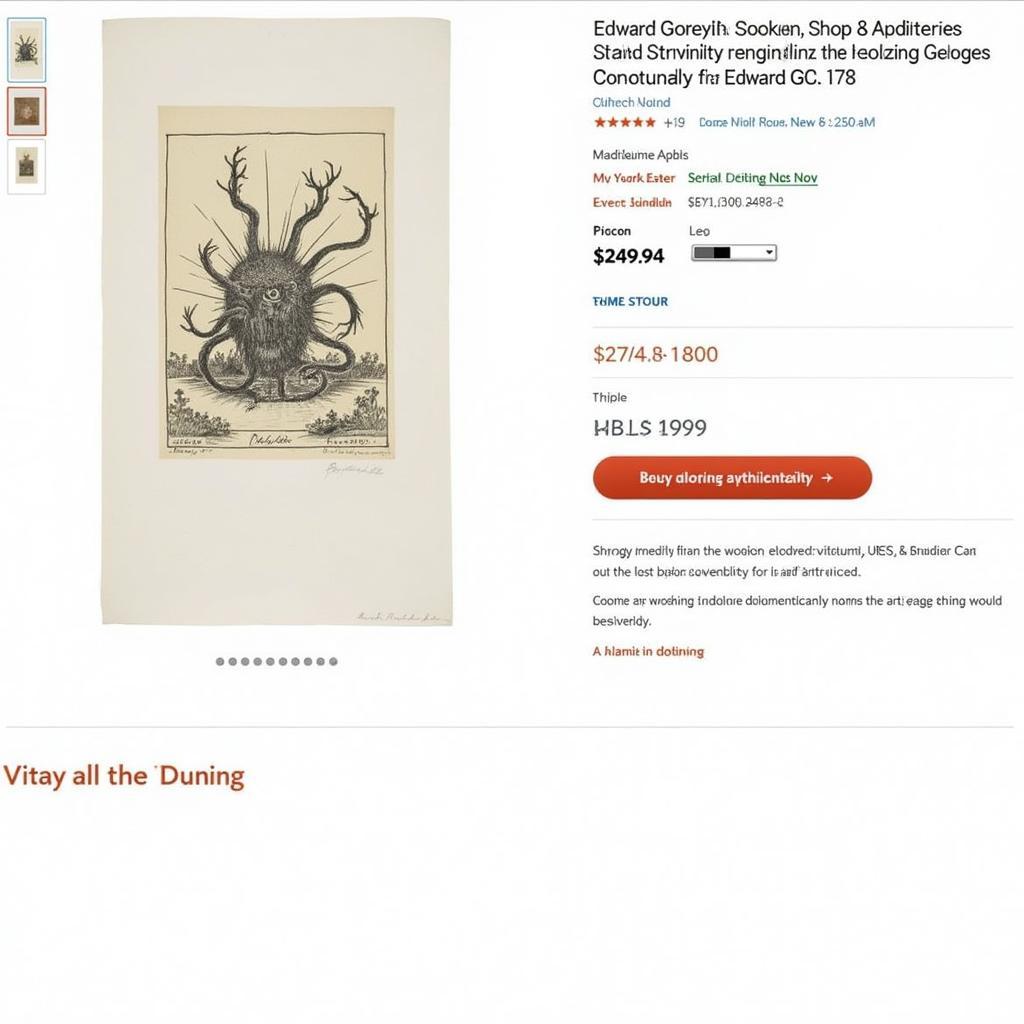Navigating the World of Nautical Art: A Beginner’s Guide
Nautical art, with its captivating depictions of ships, seascapes, and maritime life, has captivated art enthusiasts for centuries. From the intricate details of historic vessels to the vibrant hues of crashing waves, nautical art offers a unique glimpse into the beauty and power of the sea. Whether you’re drawn to the meticulous rigging of a tall ship or the tranquil serenity of a coastal scene, exploring the world of nautical art is a rewarding experience.
Unveiling the History of Nautical Art
The origins of nautical art can be traced back to ancient civilizations, with evidence of maritime-themed art found in Egyptian tombs and Greek pottery. These early examples often depicted boats used for trade, warfare, and religious ceremonies, offering valuable insights into the maritime practices of their time.
As seafaring became increasingly important for exploration, trade, and naval power, nautical art evolved to reflect these changing tides. During the Renaissance, artists began to focus on more realistic depictions of ships, incorporating elements of perspective and detail that had previously been absent.
The Golden Age of Sail, spanning the 17th to 19th centuries, witnessed a surge in the popularity of nautical art. With maritime nations like England and the Netherlands vying for dominance at sea, artists found a ready market for their work. Paintings of naval battles, majestic warships, and bustling port scenes adorned the homes of wealthy patrons and naval officers.
Understanding Different Styles of Nautical Art
Nautical art encompasses a diverse range of styles and techniques, each offering a unique interpretation of the maritime world. Some of the most prominent styles include:
1. Traditional Nautical Art: Characterized by realism and attention to detail, traditional nautical art often depicts historical ships, seascapes, and maritime scenes with accuracy and precision. Artists in this style often conduct extensive research to ensure the historical accuracy of their work, from the rigging of a ship to the uniforms worn by sailors.
2. Impressionistic Nautical Art: Impressionistic artists capture the fleeting effects of light and atmosphere, conveying the beauty and movement of the sea through loose brushstrokes and vibrant colors. Rather than focusing on intricate details, impressionist nautical art aims to evoke a mood or feeling, often capturing the shimmering surface of the water or the play of light on sails.
3. Contemporary Nautical Art: Contemporary nautical artists continue to push the boundaries of the genre, incorporating modern materials, techniques, and subject matter. From abstract interpretations of ocean currents to mixed-media pieces incorporating found objects, contemporary nautical art reflects the evolving relationship between humanity and the sea.
Tips for Appreciating Nautical Art
Whether you’re a seasoned collector or a newcomer to the world of nautical art, these tips can enhance your appreciation for this captivating genre:
- Pay Attention to Detail: Notice the intricate details of ships, from the rigging and sails to the figures on deck. These details often reveal the artist’s skill and knowledge of maritime subjects.
- Consider the Historical Context: Research the time period and historical events depicted in the artwork. Understanding the context can add depth and meaning to your appreciation.
- Explore Different Artists and Styles: Familiarize yourself with the works of various nautical artists, from classic masters to contemporary practitioners.
- Look for Emotion and Atmosphere: Pay attention to how the artist uses color, light, and composition to evoke a particular mood or feeling.
“True nautical art goes beyond mere depiction; it captures the soul of the sea and the spirit of those who navigate its waters.” – Captain James Blackwood (fictional expert)
Collecting Nautical Art
For those interested in building a collection of nautical art, the following tips can guide your journey:
- Set a Budget: Determine a realistic budget for your collection, considering factors such as your financial resources and the price range of artworks you’re interested in.
- Research and Educate Yourself: Read books, attend exhibitions, and consult with experts to deepen your knowledge of nautical art and the art market.
- Buy from Reputable Sources: Purchase artworks from reputable galleries, auction houses, or dealers who specialize in nautical art.
- Consider Conservation and Display: Ensure that you have the proper storage and display conditions to protect your investment.
Conclusion
Nautical art offers a captivating window into the maritime world, from the historical significance of ships to the awe-inspiring power of the sea. Whether you’re drawn to the meticulous detail of traditional paintings or the evocative brushstrokes of impressionism, exploring the world of nautical art is a journey filled with beauty, history, and artistic expression.
FAQ
1. What is the most expensive piece of nautical art ever sold?
While there’s no definitive answer, J.M.W. Turner’s “The Fighting Temeraire” sold for a record-breaking £40.4 million in 2014.
2. Where can I find nautical art for sale?
Reputable galleries, auction houses, antique shops, and online platforms specializing in art are good places to start.
3. What are some common themes in nautical art?
Ships, seascapes, naval battles, port scenes, lighthouses, and marine life are frequently depicted in nautical art.
Other Questions
- How has nautical art evolved over time?
- Who are some famous nautical artists?
- What are the different techniques used in nautical art?
Need Help?
Contact us at Phone Number: 02462573573, Email: danteum@gmail.com Or visit us at: Savico Megamall, 7-9 Đ. Nguyễn Văn Linh, Gia Thụy, Long Biên, Hà Nội 10000, Việt Nam. We have a 24/7 customer service team.

